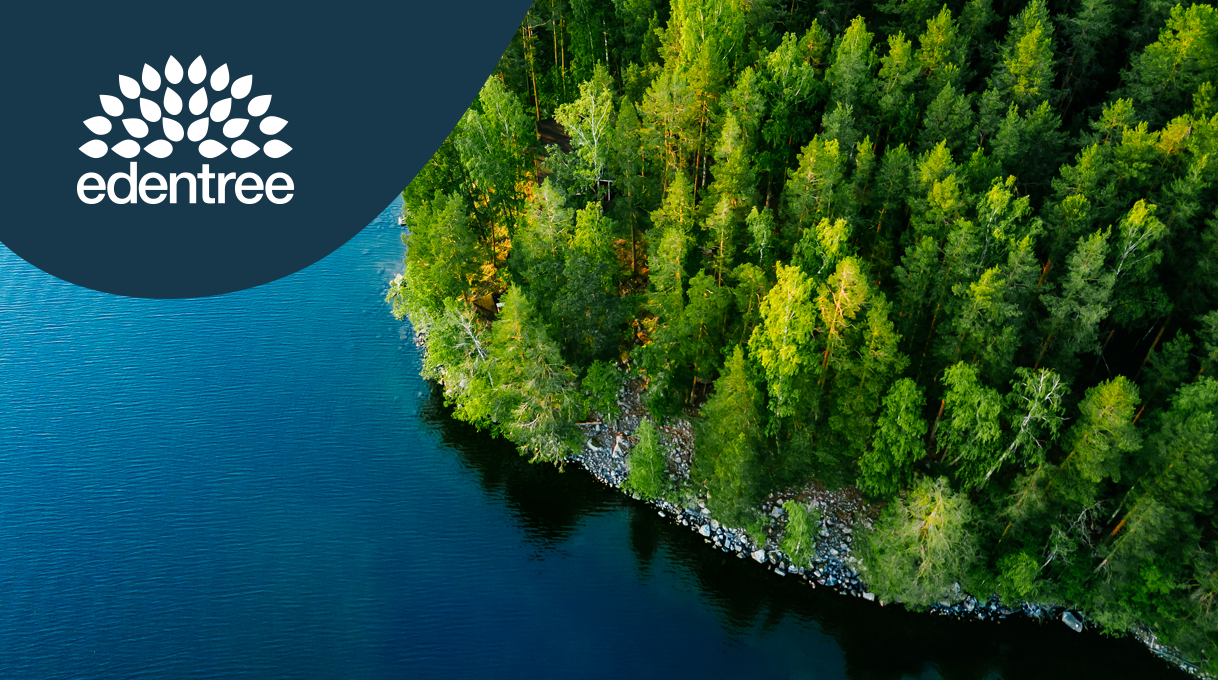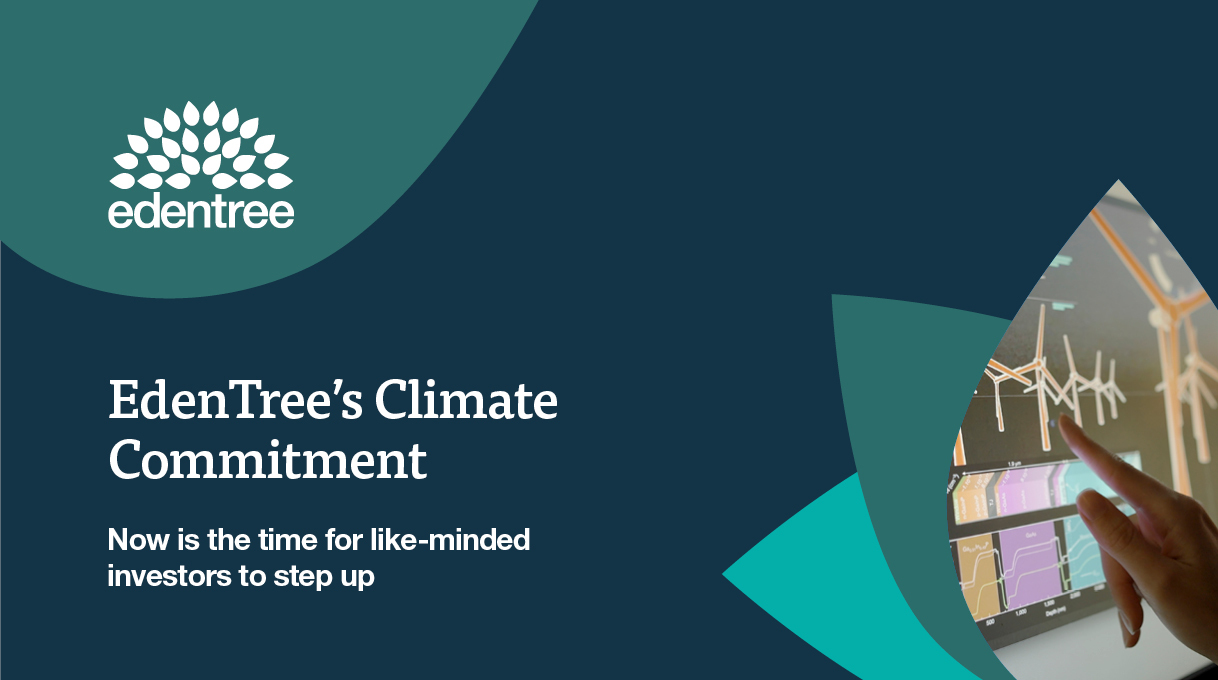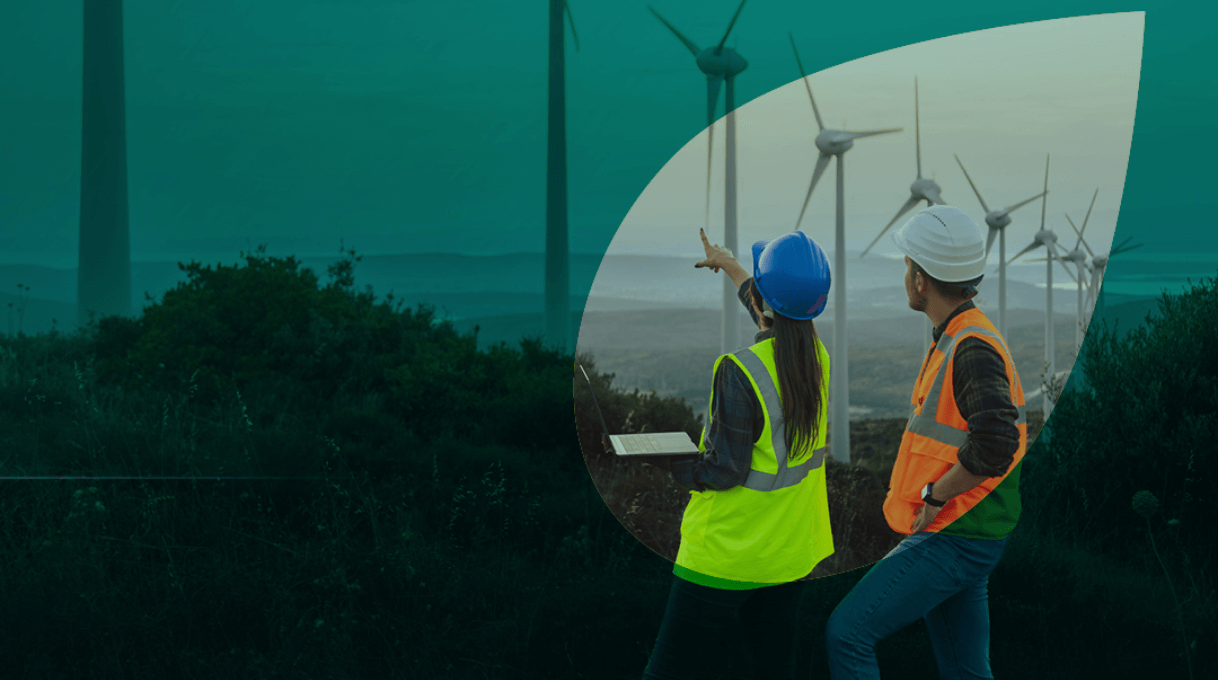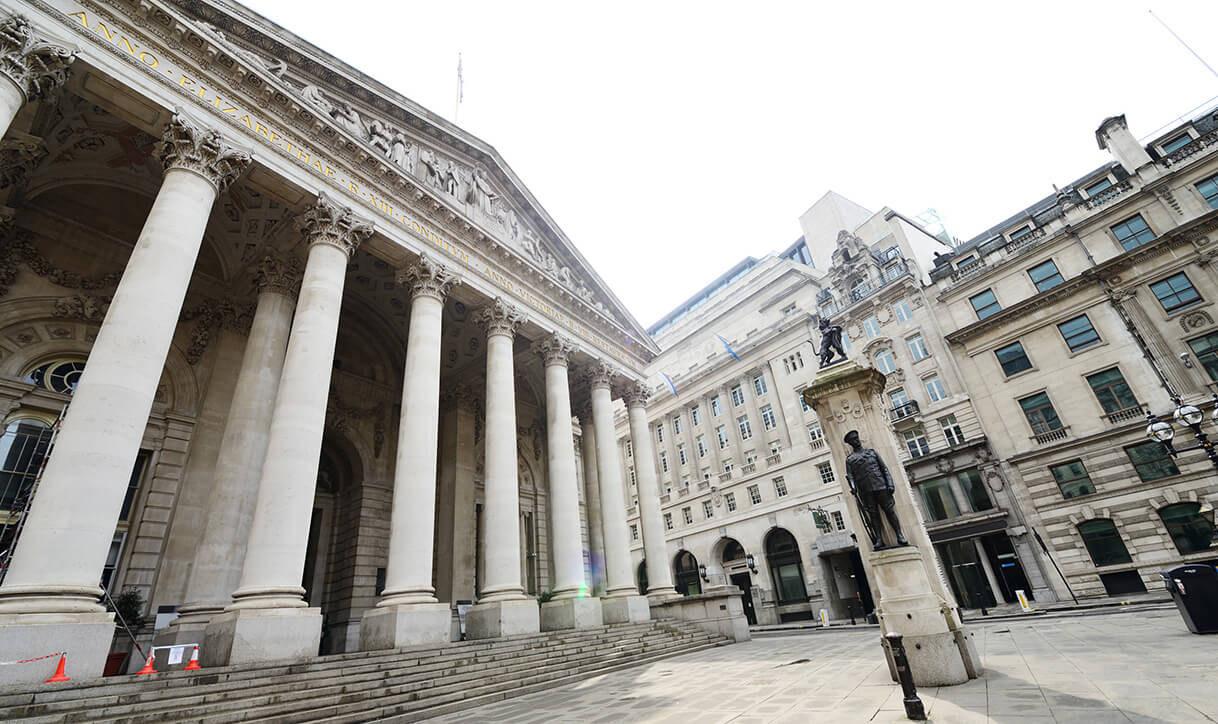This briefing outlines our approach to what we call “Oppressive Regimes” – one of our negative screens applied across our range of funds. This briefing details both the methodology behind our Oppressive Regimes classification and the instances in which the negative screen would be triggered.
The characteristics of Oppressive Regimes
Our concern over Oppressive Regimes is intrinsically linked to human rights. From a human rights perspective, below are some of the characteristics that are likely to be prevalent in countries on our Oppressive Regimes list:
- Authoritarian (single-party, tribal or monarchic government) or totalitarian (military or civilian dictatorship)
- Absence of the rule of law; arbitrary detention; disappearances; or extra-judicial executions
- Persecutions of sections of society, possibly including ‘ethnic cleansing’; genocide; persecution of religious and ethnic minorities
- Torture used as part of the judicial or extra-judicial process
- Suppression of civil society institutions
- Restrictions on freedom of expression; persecution of human rights advocates or trade unions
- Restrictions on freedom of movement; forced deportation
- Restrictions on media, including censorship, surveillance and persecution
- State-sanctioned slave or bonded labour; systemic child labour
- State-sponsored persecution or discrimination of women and girls by virtue of gender (e.g. FGM)
- Occupation of disputed territories
Human rights risks are, therefore, more acute for companies operating in – or with exposure to – countries with Oppressive Regimes. Identification of these countries helps us decide how exposed a company may be to potential human rights abuses and how complicit it may be in any abuses.
Constructing our Oppressive Regimes list
Our Oppressive Regimes list is based on the assessments of Freedom House (“Freedom in the World”1), Transparency International (“Corruption Perceptions Index”2) and the World Economic Forum (“Gender Gap assessment”3).

Figure 1: Freedom House’s ‘Freedom in the World’ Map. Source: https://freedomhouse.org/explore-the-map

Figure 2. Transparency International’s ‘Corruption Perceptions Index’ Map. Source: https://www.transparency.org/en/cpi/
Each of these organisations considers different criteria when determining a country’s score, which usually runs from 0 (worst) to 100 (best). Freedom House, for instance, assesses and records human rights standards across a range of indicators, including freedom of belief and political expression, use of torture and civil liberties. Based on the relevance of each organisation’s criteria to our own needs, we have developed a weighted average – strongly skewed towards the Freedom House score – for every country’s regime. For our purposes, countries that fall under a 30% threshold are considered to be an Oppressive Regime.
Our list contains Freedom House’s ‘Worst of the Worst’ (Syria, South Sudan, Eritrea, Turkmenistan, North Korea, Equatorial Guinea, Saudi Arabia, Somalia, Sudan, Tajikistan, Uzbekistan, Central African Republic and Libya), as well as, for instance, China, Egypt, Russia and a number of the Gulf States.
Identifying corporate complicity in human rights violations in Oppressive Regimes
If a company simply operates in these countries, either directly or indirectly, this is not sufficient to trigger the screen. Indeed, we acknowledge that business can sometimes be a ‘force for good’ in these countries, introducing better labour standards and applying international human rights norms where they may otherwise be lacking. Our Oppressive Regimes screen only captures a very specific set of corporate activities, where that activity overlaps with government policies and practices and can lead to human rights violations.
Activities captured under the Oppressive Regimes negative screen:
- Bonds issued by the government of any country identified as having an Oppressive Regime
- Operating in a country where UN sanctions are in place against the regime
- Activities within disputed territories4 that support or legitimise the government of the occupying country and may lead to complicity in violating human rights
- Continuing operational involvement in projects in countries with Oppressive Regimes that have been shown to have led to egregious violation of human rights
- State-owned enterprises of a government of any country identified as having an Oppressive Regime
- Sale of arms or arms-related products to a government/military of any country identified as having an Oppressive Regime (cf. ‘Defence’ negative screen)
- Direct complicity in a government’s ability to carry out the death penalty (not limited to Oppressive Regimes list)
- Activities – direct or in supply chains – in any country identified as having an Oppressive Regime, with state-sponsored child or slave labour, where mitigation is effectively impossible
On a case-by-case basis, we will apply these criteria to stock screenings and reviews. There are complexities underlying some of these criteria; for instance, we define a state-owned enterprise of an Oppressive Regime as one that is either (i) 20-50% owned by an Oppressive Regime government investment vehicle with Board seat(s) or (ii) 50%+ owned by an Oppressive Regimes government investment vehicle. In instances where more than one oppressive regime holds a stake in a company/issuer, we will take the sum of the stakes in aggregate.
Additional use of the Oppressive Regimes list
Maintaining this list of Oppressive Regimes also serves to reinforce the strength of the human rights element of our sustainability assessment. By remaining cognisant of those countries in which human rights risks are particularly acute, we know where to apply enhanced due diligence around a company’s human rights policy suite and the nature of its in-country operations. We do of course remain mindful that human rights abuses can take place in any jurisdiction and within any sector.
Further issues: finance, telecommunications and technology
In the course of maintaining this negative screen, it is clear there are some emerging human rights risks associated with certain sectors’ interaction with Oppressive Regimes.
The first is finance. We remain concerned by banks’ direct financing of Oppressive Regimes – particularly governments of those countries on Freedom House’s ‘Worst of the Worst’ list. Due to the exposure of numerous financial institutions to (chiefly) Saudi government debt, we would be uncomfortable with an outright ban on banks that hold Oppressive Regime debt. Instead, exposure will be assessed on a case-by-case basis and taken into consideration in the governance and human rights elements of our sustainability assessment. As per the above criteria, however, EdenTree will not directly hold sovereign bonds of any country identified on our Oppressive Regimes list.
A further area of concern is telecommunications companies’ complicity in undermining democratic processes in certain countries. This concern arose from a Principles for Responsible Investment (PRI) group call with a global telecoms company. On this call, it was noted that some governments had requested that the telecommunications companies they have contracts with temporarily shut down network coverage in certain parts of a country, often during politically-sensitive periods (i.e. during or close to elections). The extent of this problem is difficult to gauge. Therefore, it does not feature in our Oppressive Regimes screen, but we continue to assess this issue on a case by case basis.
The final issue that we have considered is technology companies’ potential complicity in human rights abuses, principally in China. Our concern has arisen from growing awareness of the persecution of ethnic and religious minority groups, most notably in China’s Xinjiang Province, and the alleged government use of facial recognition and DNA profiling technologies to facilitate this persecution.
This is another issue within the Oppressive Regimes/ human rights arena, but not one that will be part of our Oppressive Regimes screen for the moment. Instead, it will be captured in both the governance and human rights elements of our sustainability assessment and may still result in a company being considered unsuitable for inclusion in our funds.
Conclusions
We will maintain a list of countries – based on the above analysis and third-party rankings – in which human rights risks are considered more ubiquitous, severe or opaque. We will also maintain and review the list of corporate activities which, where they overlap with government policies and practices of oppressive regimes, can trigger the negative screen.
If a company passes the Oppressive Regimes screen, but has operations – direct or through supply chains – in any of these countries, this will be noted in the Human Rights and/or governance elements of our assessment, alongside our (existing) analysis of human rights policies and practices. Based on this assessment, a company may still be excluded from our funds.
Sources
- https://freedomhouse.org/report/freedom-world
- https://www.transparency.org/en/cpi/
- https://www.weforum.org/reports/gender-gap-2020-report-100-years-payequality
- For the purposes of our screen, the disputed territories we have highlighted are Western Sahara / Morocco and Palestine / Israel





